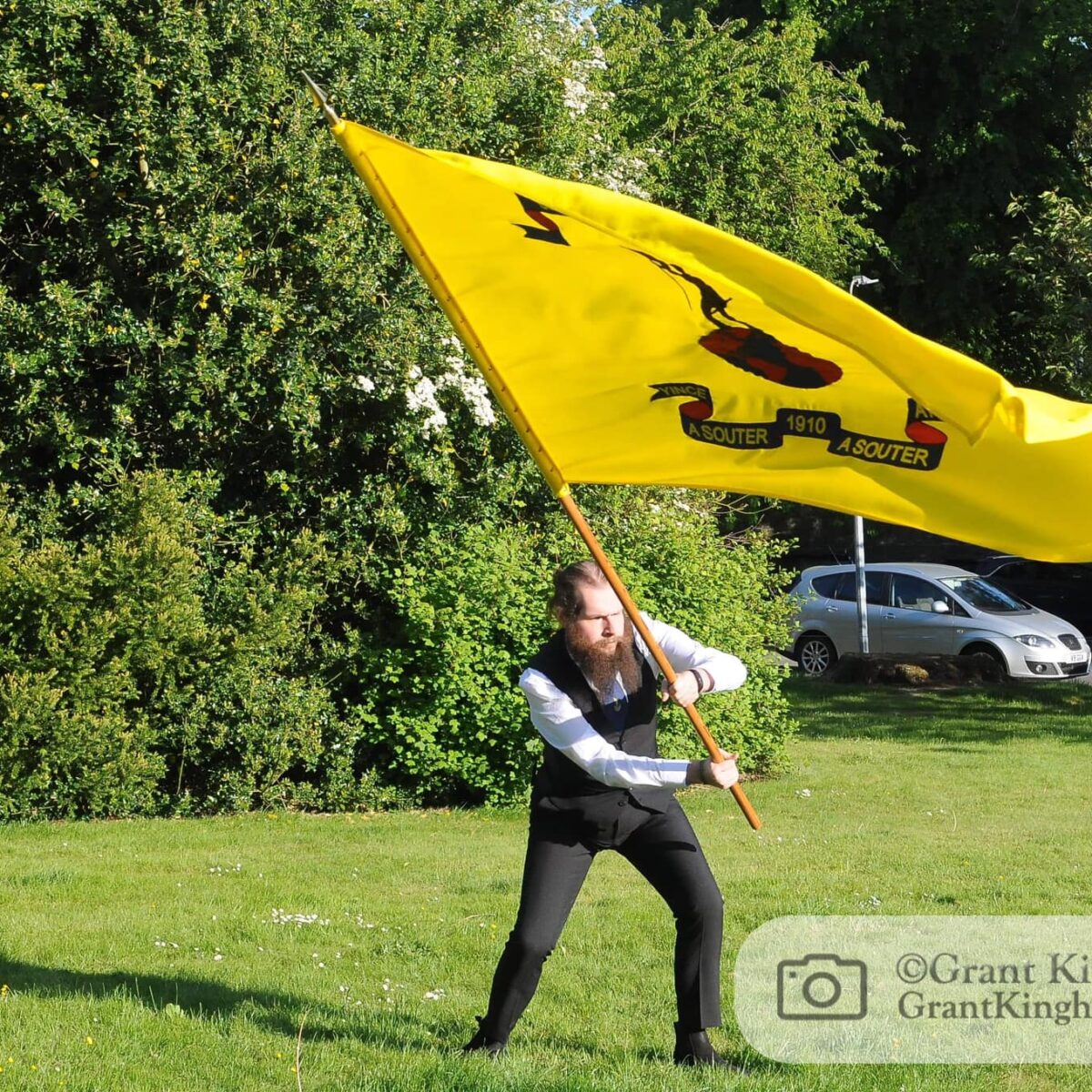

Sir Walter Scott
As well as creating many classics of literature, including the novels Ivanhoe, Rob Roy, Waverley and The Heart of Midlothian as well as the narrative poems The Lady of the Lake and Marmion, Sir Walter Scott combined writing and editing with daily work as Clerk of Session and Sheriff-Depute of Selkirkshire. As an advocate, judge and legal administrator by profession, he was long a president of the Royal Society of Edinburgh, and his knowledge of history equipped him to establish the historical novel genre.
He was Sheriff in Selkirk for over thirty years, and today you can visit his former court room, which now houses a fascinating museum containing displays of his long associations with the area, as well as details of his contemporaries the explorer of Africa Mungo Park and James Hogg, the Ettrick Shepherd. The courtroom museum features a recreation of cases heard by Sir Walter, and offers free entry to everyone. Inside there are permanent displays of personal objects as well as a gift shop selling books and souvenirs.
The iconic building dates from 1804, with a 100-foot-high spire proudly dominating the Market Place, next to an imposing statue dedicated to Sir Walter himself.
The annual ‘Scott’s Selkirk’ event celebrates the great man through period costume, court room dramas and fun for all the family in an engaging programme of events, and one not to be missed.
Selkirk Silver Arrow
In 1660, an archery competition to compete for the Selkirk Silver Arrow was instituted. Made from silver plate by a Captain James Fairbairn on the instructions of the then-Selkirk Burgh Council, the arrow was originally competed for in the Royal Burgh by archers all over Scotland, and was first won by Walter Scott (no relation) of Goldielands, south of Hawick. After 1675 the arrow was stored away in the charter chest in Selkirk, until unearthed by Sir Walter Scott in 1818. Scott was a member of the Royal Company of Archers, and revived the competition. The rules stated that winners were not allowed to take the arrow out of Selkirk, instead having their “arms” added to it. However, when it was won by Company archer Charles Nairn, it was spirited away to Edinburgh. For an update on the arrow’s return to Selkirk, please go to the ‘heritage’ page.
The Dandie Dinmont
The Dandie Dinmont terrier, beloved pet of Queen Victoria, Sir Edwin Landseer, and later Agatha Christie and Sir Alec Guinness, was named after a character in Scott’s novel, Guy Mannering, the only breed of dog named after a fictional character. In the novel, Dandie Dinmont is a rough but friendly farmer from the Liddesdale hills who owns a number of terriers. An upland sheep-raiser of Scott’s acquaintance named Willie Elliot, of Millburnholm, is thought to have been the model for this character.
Abbotsford
For more information about Sir Walter Scott, visit his ‘palace of imagination’ – his stately home Abbotsford, some 4 miles from Selkirk. In 1811, having bought Cartley Hole Farm, Scott renamed it Abbotsford after a neighbouring ford used by the monks of Melrose Abbey. Massive expansions and redesign led to Scott and his architects pioneering the ‘Scottish Baronial’ style of architecture: Abbotsford is festooned with turrets and stepped gabling. Its interior showcases suits of armour, a library of more than 9,000 volumes, plus much antique furniture, pictures and panelling.








